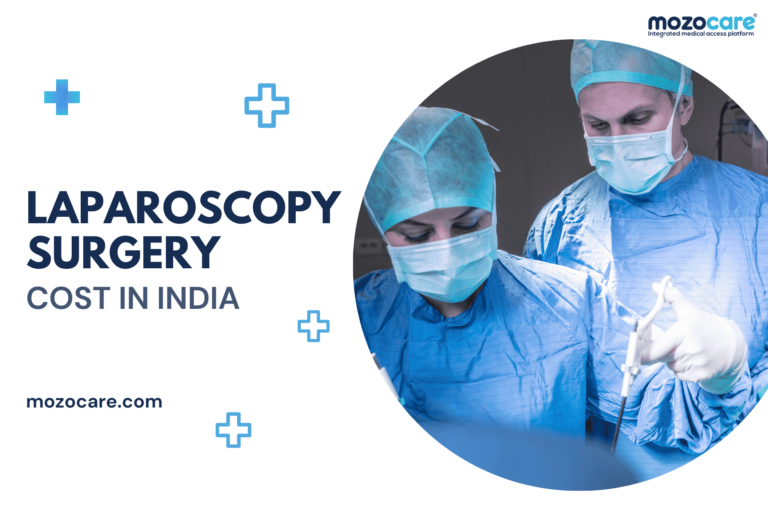
Laparoscopy, also known as minimally invasive surgery or keyhole surgery, is a surgical technique used to diagnose and treat various medical conditions. It involves inserting a laparoscope, a thin tube with a camera and light attached to it, into a small incision made in the abdominal wall. The camera allows the surgeon to view the internal organs on a monitor, while other small instruments are inserted through additional small incisions to perform the surgery.
Laparoscopy can be used for a variety of procedures, including:
Before this system came along, a surgeon who operated on his patient’s belly had to make a cut that was 6-to-12 inches long. That gave them enough room to see what they were doing and reach whatever they had to work on.
In laparoscopic surgery, the surgeon makes several small cuts. Usually, each one is no more than a half-inch long. (That’s why it’s sometimes called keyhole surgery.) They insert a tube through each opening, and the camera and surgical instruments go through those. Then the surgeon does the operation.
Laparoscopy is typically performed under general anesthesia and involves the following steps:
After the procedure, patients are typically monitored in a recovery room for a few hours before being discharged. They may experience some pain, swelling, or discomfort in the abdominal area, which can be managed with pain medications.
To prepare for laparoscopy, your doctor will provide you with specific instructions based on your individual medical history and the type of laparoscopic procedure you will be undergoing. Here are some general guidelines that may be useful:
In conclusion, preparing for laparoscopy involves following your doctor’s instructions carefully, avoiding eating or drinking before the procedure, and arranging for someone to drive you home after the procedure. Make sure to inform your doctor of any medications you’re taking and wear comfortable clothing to the hospital.
Recovery time after laparoscopy can vary depending on the individual, the type of procedure performed, and other factors such as age and overall health. However, in general, recovery after laparoscopy is typically faster than with traditional open surgery.
Most patients are able to return to their normal activities within a few days to a week after the procedure. However, it is important to follow your doctor’s specific post-operative instructions to ensure proper healing and prevent complications.
Here are some general guidelines for recovery after laparoscopy:
In conclusion, recovery time after laparoscopy varies depending on several factors, but most patients are able to return to normal activities within a few days to a week after the procedure
The results of a laparoscopy depend on the reason for the procedure. If the procedure was done for diagnostic purposes, the results may include information about the presence or absence of abnormalities such as cysts, adhesions, endometriosis, or tumors. If the procedure was done for therapeutic purposes, such as to remove a cyst or perform a tubal ligation, the results may include information about the success of the procedure and any complications that may have occurred.
Laparoscopy is generally considered a safe and effective procedure, but as with any surgical procedure, there are potential risks and complications. Some possible complications may include bleeding, infection, damage to nearby organs or blood vessels, or anesthesia-related complications. Your doctor will provide you with detailed information about the risks and benefits of the procedure based on your specific medical history and the reason for the laparoscopy.
After the procedure, your doctor will review the results with you and provide any necessary follow-up care or treatment. It is important to follow your doctor’s post-operative instructions carefully to ensure proper healing and prevent complications. If you have any questions or concerns about the results of your laparoscopy, it is important to discuss them with your doctor.